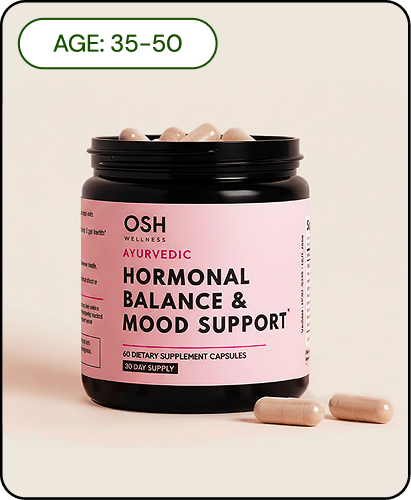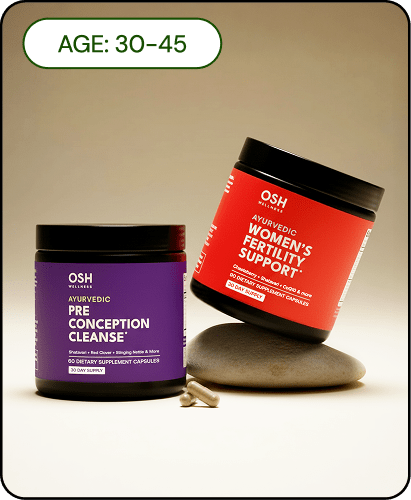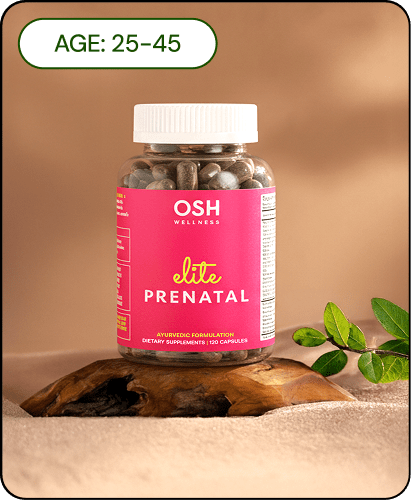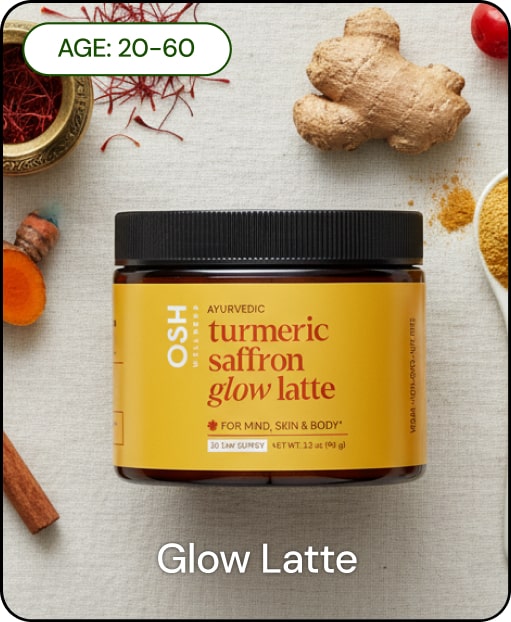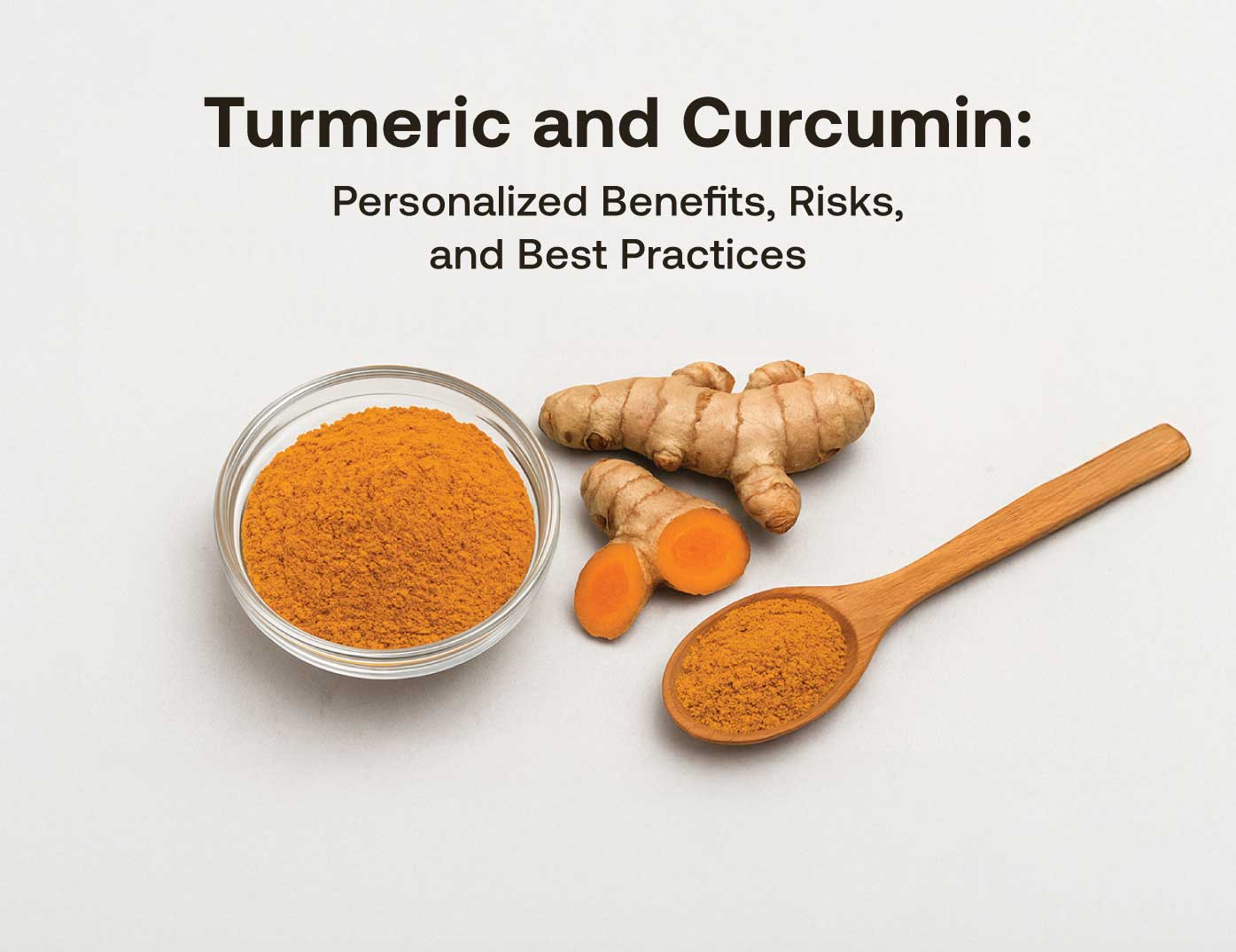Table of contents
Turmeric, renowned for its potent health benefits, particularly through its active ingredient curcumin, is not a universal remedy. This article delves into the multifaceted aspects of turmeric utilization, highlighting the need for personalized approaches to optimize its benefits and minimize risks. By considering individual variations such as health conditions, appropriate dosages, and potential side effects, this guide offers tailored insights for those seeking natural health solutions, especially women aged 30–60. Join us in exploring a comprehensive understanding of turmeric and its role in holistic health.
Understanding Turmeric and Curcumin

Turmeric, sourced from the rhizome of the Curcuma longa plant, has been used in traditional medicine for over 4,000 years, particularly in regions such as the Indian subcontinent and Southeast Asia. Its primary active compound, curcumin, imparts the characteristic golden color and is credited with many of its health-enhancing properties [1].
Historical records such as the Egyptian Ebers Papyrus and Ayurvedic texts document turmeric’s diverse applications, ranging from treating digestive issues and skin ailments to managing inflammation. In Ayurvedic medicine, it is not only medicinal but also a key element in rituals and food, used to purify the blood and support digestion [2].
As trade spread across continents, turmeric was introduced to Middle Eastern, Chinese, and European cultures, where it was similarly used for liver and gastrointestinal conditions [3]. In modern health discourse, turmeric is often celebrated for its anti-inflammatory and antioxidant effects. However, its bioefficacy may vary widely depending on individual health contexts [4]. While promising in treating issues like osteoarthritis and depression, concerns such as low bioavailability and potential liver toxicity emphasize the need for a nuanced approach.
Exploring Health Benefits

Curcumin has attracted widespread interest due to its robust anti-inflammatory and antioxidant capabilities. It plays a role in managing chronic diseases such as arthritis, diabetes, and metabolic syndrome:
Arthritis: Curcumin helps reduce joint inflammation and pain by inhibiting enzymes and inflammatory cytokines, such as IL-1β and TNF-α, thereby protecting joint cartilage [5].
Diabetes: Evidence suggests that curcumin, in doses of over 300 mg daily for at least 12 weeks, improves insulin sensitivity and fasting glucose levels [6]. It also promotes better β-cell function in patients with type 2 diabetes.
Metabolic Syndrome: Curcumin reduces inflammation and oxidative stress markers, aiding in metabolic balance. While it moderately affects diastolic blood pressure, its influence on systolic pressure is limited [7].
Additionally, there is growing evidence of its benefits to gut health. Chronic gut inflammation, common in disorders like IBD, can be mitigated through curcumin’s modulation of inflammatory responses [8].
Compared to other natural supplements, curcumin stands out for its well-researched efficacy and effectiveness. Though not a panacea, within customized treatment plans, it offers substantial health management potential.
Navigating Dosage Recommendations

Determining the right dosage depends on one's health condition and the form of turmeric consumed. Clinical studies recommend:
Turmeric Extract: 500–2,000 mg per day.
Curcumin Specific Doses: Approximately 3 mg/kg body weight daily (about 200 mg for a 150 lb adult) [9].
Short-term consumption up to 8,000–12,000 mg/day has shown minimal adverse effects, but long-term safety remains unclear. Therefore, high-dose supplementation should be approached cautiously.
Bioavailability is a major consideration. Enhancements include:
Pairing with fats (olive oil, coconut oil) since curcumin is fat-soluble.
Combining with black pepper (piperine), which improves absorption by up to 2,000% [10].
Using advanced formulations like phospholipid complexes or essential oil bases [11].
A practical starting range is 500–1,000 mg per day, with adjustments based on feedback and health conditions such as arthritis [12]. It is essential to consult a physician, especially during pregnancy, breastfeeding, or concurrent medication use.
Identifying Side Effects and Risks

While turmeric is generally safe in dietary amounts, high-dose supplementation can lead to side effects:
Digestive Issues: Nausea, acid reflux, diarrhea, and stomach pain are commonly reported [13].
Bleeding Risks: Turmeric has mild anticoagulant effects, which can be dangerous when combined with blood thinners like warfarin or aspirin [14].
Kidney Stones: Curcumin can elevate urinary oxalate, possibly increasing risk in susceptible individuals [7].
Liver Injury: Rare but documented cases of liver damage exist with excessive supplement use.
Iron Absorption: Turmeric may impair iron uptake, relevant for those with anemia [15].
Allergic Reactions: Though rare, reactions may include hives or dermatitis.
Hormonal Impact: High doses might lower testosterone in men.
Given these risks, it is crucial to have professional oversight when introducing turmeric into your health regimen.
Implementing Turmeric into Your Lifestyle

To effectively harness turmeric’s benefits, integration must be intentional and personalized. Begin by consulting a qualified healthcare professional to assess existing health conditions and potential drug interactions.
Tips for improving turmeric’s bioavailability:
Combine with black pepper: Piperine boosts curcumin's absorption by up to 2,000% [16].
Use with healthy fats: Cook it with avocado, olive oil, or coconut oil to enhance solubility.
Popular ways to include turmeric:
Golden Milk: Mix 1–2 tsp turmeric, black pepper, cinnamon, and milk (dairy or plant-based) with honey.
Add to recipes like lentil soups, curries, and scrambled eggs.
Add to smoothies for an antioxidant-rich boost with fruits like mango or pineapple.
Track your body’s response to turmeric and stay within safe intake boundaries, generally up to 8 grams or about 3 teaspoons daily is considered safe [17].
Looking Ahead: Turmeric's Future in Health and Wellness

The future of turmeric in health is vibrant. The global curcumin market is projected to grow at a CAGR of around 9.6–10.6%, fueled by rising demand in pharmaceuticals, functional foods, and skincare [18].
Emerging research areas include:
Immune modulation: Investigations target curcumin’s role in infection management, especially post-COVID [19].
Gut health and omics studies: These promise insights into curcumin’s molecular impact [20].
Nanotechnology: Innovations to improve absorption and develop targeted delivery systems [21].
As science deepens our understanding, those interested in personalized wellness should stay informed and consult medical professionals to effectively incorporate turmeric based on the latest evidence.
Relevant Products
Consider ease-of-use turmeric options like Osh Wellness Golden Latte , which offers the health benefits of turmeric in a flavorful, accessible drink, making it simpler to include this powerhouse ingredient in your daily routine.
Conclusions

In summary, turmeric and curcumin offer substantial health rewards when used wisely. Tailoring intake based on individual health profiles, staying within recommended dosages, and being mindful of potential side effects are key to leveraging its full potential. With growing research and demand, turmeric stands poised as an integral part of future holistic wellness practices.
FAQs
What is the best way to take turmeric?
With black pepper and healthy fat to improve absorption.
How quickly can I expect to feel the effects of turmeric?
It can take several days to weeks depending on the condition and dosage.
Are there people who should avoid turmeric altogether?
Yes. Individuals on anticoagulants, those with liver or kidney disease, or pregnant women should consult a doctor.
Can I take turmeric with other medications?
Yes, but medical advice is crucial to avoid interactions (especially with blood thinners or diabetes meds).
What are the main health benefits of turmeric?
Includes anti-inflammatory, antioxidant, and metabolic support properties.
Sources
1: National Institutes of Health - Turmeric
2: Iris Publishers - Turmeric: The Golden Spice From Asia to Africa
3: Phytomedicine Journal - Traditional Uses and Benefits of Turmeric
4: National Center for Complementary and Integrative Health - Turmeric
5: PMC - Curcumin in Arthritis Management
6: Frontiers in Nutrition - Curcumin and Its Health Benefits
7: PMC - Health Benefits of Curcumin
8: Nutrition Today - Turmeric: Potential Health Benefits
9: ACS Omega - Curcumin Safety and Dosage
10: PMC - Turmeric and Curcumin Bioavailability
12: GoodRx - How to Take Turmeric
13: MedicineNet - Turmeric Side Effects
14: Medical News Today - Turmeric Benefits and Risks
15: Healthline - Turmeric Side Effects
16: Nature Made - 15 Ways to Eat Turmeric
17: Johns Hopkins Medicine - Turmeric Benefits
18: Future Market Insights - Global Curcumin Market Analysis
19: Frontiers in Sustainable Food Systems - Curcumin's Role in Immunity
20: Harvard Health - Turmeric Benefits Review
21: Fortune Business Insights - Curcumin Market Overview

